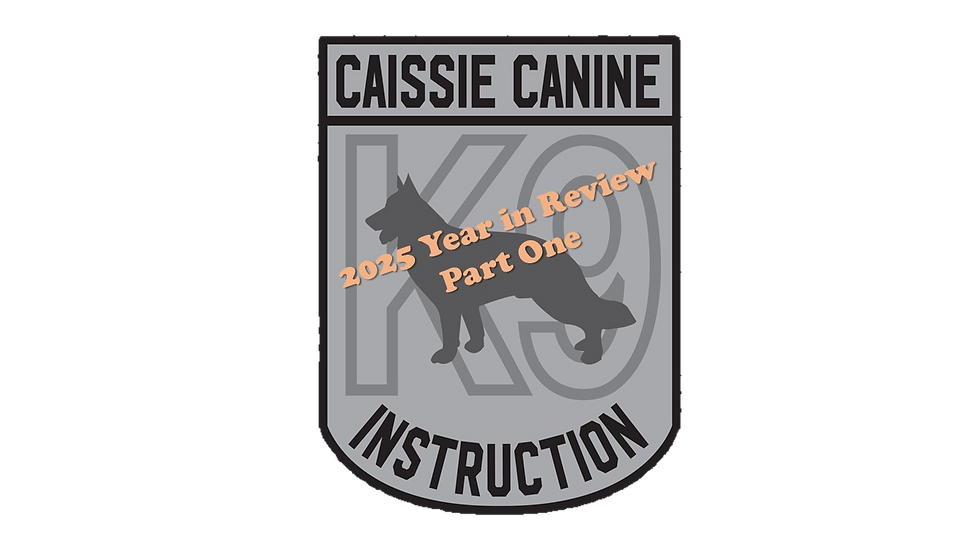Caissie Canine Instruction: Signs that your Dog is in Pain
- caissiecanineinstr

- Aug 23, 2021
- 2 min read

We begin this week’s “RUFF TAILS” featuring a beautiful Yellow Lab named Hunter.

Here I am enjoying the Dog’s Days of Summer at the cottage
But you know Labrador’s are “lap” dogs are we not? HEE HEE!!!

Welcome to Doggie Dialogue:
When your dog is in pain, most of the time they show little or very few signs, which makes it difficult to spot. Dogs tend to suffer in silence.
Here are some warning signs to look for when your dog maybe in pain:
1. Accidents in the house:

If your dog is well trained, but starts urinating inside the home, watch to ensure that your dog is able to walk around freely and can easily get up from a lying down position. If not seek advice from your vet immediately.
2. Postures changes:

Any kind of swelling in the body caused by inflammation or infection is a warning sign. Dogs tend to hunch or have a rigid stance when in pain. If you see your dog sitting in an unusual position, they may need some help.
3. Restlessness: If your dog is showing signs of agitation, constant pacing, unable to settle down in their usual spots, or sleeping less, then seek immediate veterinary attention.
4. Change in behaviour:

If your dog is usually very social, but starts to become anti-social, shows aggression, or starts to hide, this could be a sign of being in pain silently.
5. Change in habits:

Dogs in pain like to rest, sick dogs sleep a lot, this is because their body is trying to heal itself. If you see your dog having difficulty eating, this may indicate a dental issue.
6. Being loud: Dogs tend to bark, growl, whine, or howl when in pain. LOUDER than usual.
7. Excessive licking: If your dog has an open wound, they will start licking themselves to try to heal the wound. This is a natural instinct. Keep an eye out to ensure there is no infection.
8. Alterations in breathing:

Heavy panting or shallow breathing are warning signs that something is wrong. This could be signs of heatstroke, lung disease, or heart failure, seek medical attention immediately.
If any of the above warning signs occur seek veterinarian assistance immediately. Your dog may require medication, x-rays, or surgery.

If your vet prescribes medication, follow the directions in a timely manner, and schedule a follow-up appointment.
When your dog comes home from the vet’s create a comfortable resting place for your dog. Most of all you must stay calm, patient, and offer a comforting touch until your dog is on the mend.




Comments